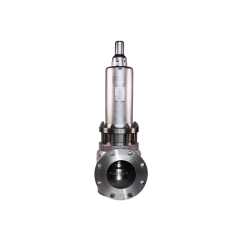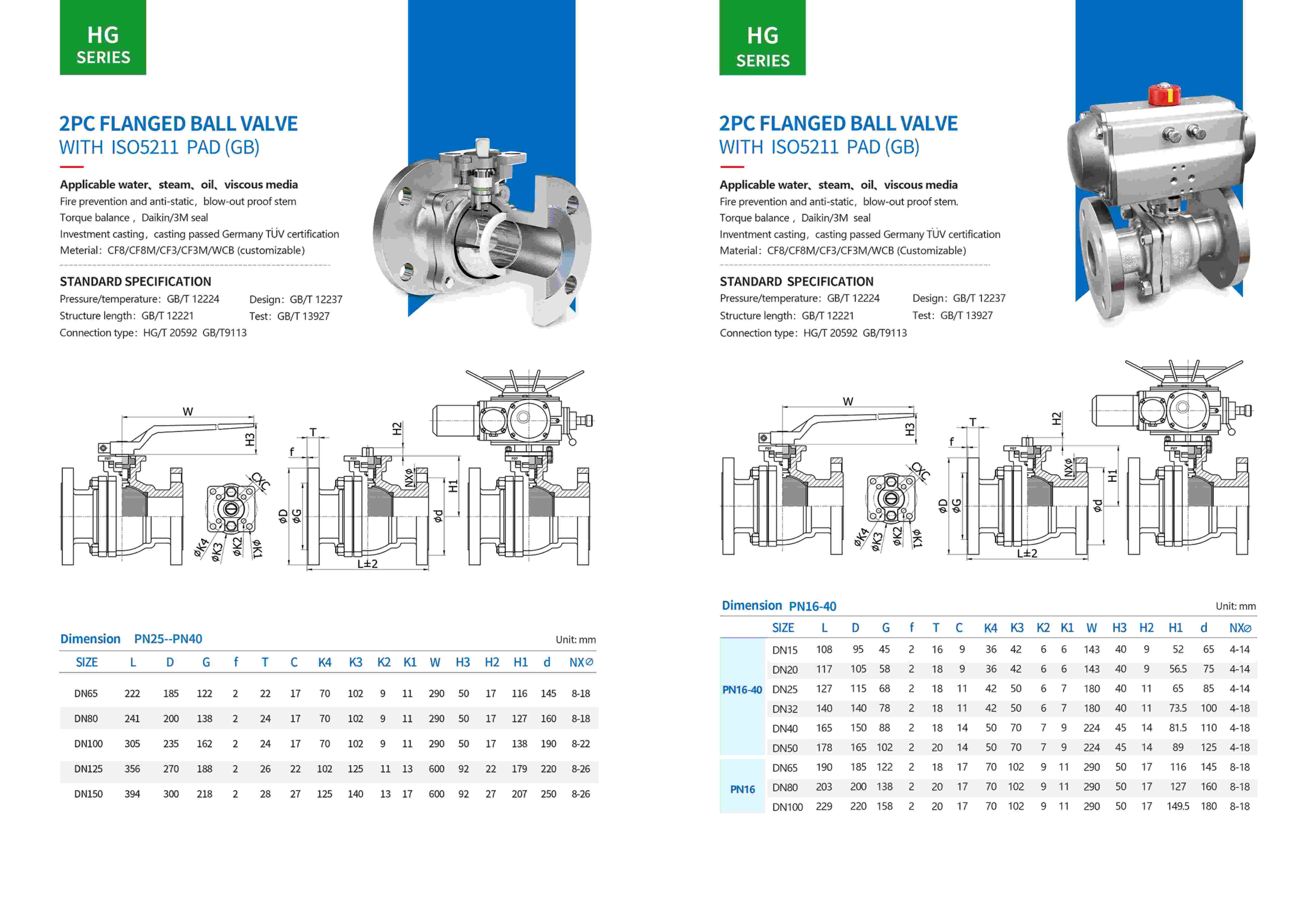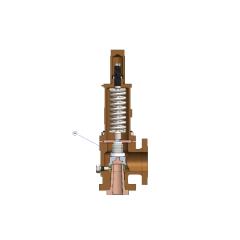pressure relief valve for furnace
A pressure relief valve for furnace is a crucial safety component designed to protect heating systems from dangerous overpressure situations. This specialized valve automatically releases excess pressure when it exceeds predetermined safety limits, preventing potential equipment damage and ensuring safe operation. The valve incorporates advanced pressure sensing mechanisms that continuously monitor the system's internal pressure levels. When pressure surpasses the set threshold, the valve automatically opens to release the excess pressure and closes once normal operating conditions are restored. These valves are engineered with high-temperature resistant materials, typically featuring brass, stainless steel, or other durable alloys capable of withstanding extreme furnace conditions. Modern pressure relief valves often include additional features such as manual testing capabilities, adjustable pressure settings, and visual indicators for valve status. They are essential in both residential and industrial heating systems, including hot water boilers, steam systems, and various types of furnaces. The valve's design typically includes a spring-loaded disc that lifts off its seat when pressure exceeds the spring force, allowing pressure release through a discharge port. This mechanical operation ensures reliability even during power outages or control system failures, making it a fundamental safety feature in any heating system.


